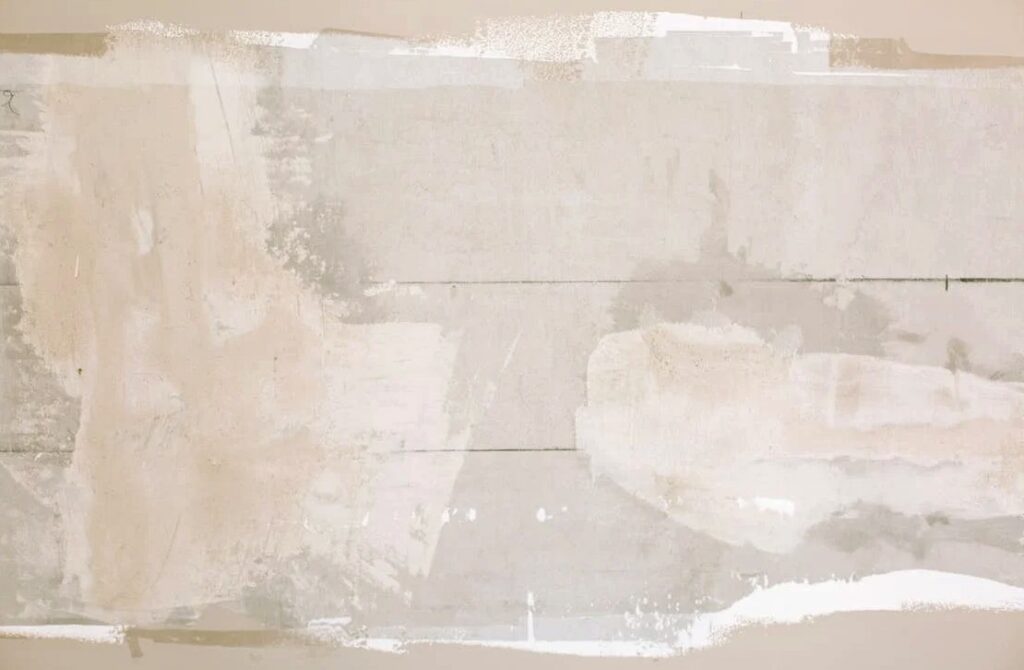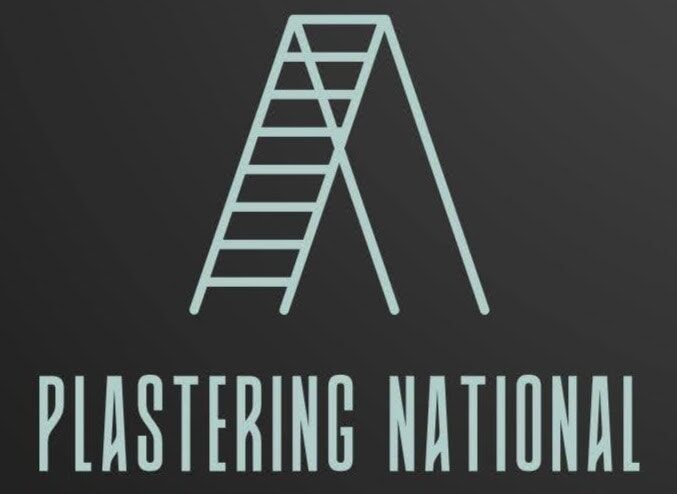Plaster has been a fundamental building material throughout history, prised for its durability and aesthetic qualities. However, when plaster walls begin to bubble, it indicates an underlying issue that needs immediate attention.
If left unresolved, bubbling plaster can lead to further damage, both to the plaster and potentially to the building’s structure. This blog will look into the common causes of bubbling plaster, how to identify the root of the problem, and practical solutions to fix it.
Understanding these issues can protect your walls and prevent future problems.
Let’s get straight to the point.
Bubbling plaster is often caused by excess moisture in walls due to leaks, rising dampness, or condensation. Common sources include roof leaks, inadequate damp-proofing, and poor ventilation. Before repairing:
- Identify and fix the moisture issue.
- Remove damaged plaster.
- Clean the area.
- Apply primer.
- Patch the plaster.
- Repaint.
Improving ventilation and fixing exterior cracks can prevent future problems. Address the underlying moisture problem to ensure lasting repairs.

Common Causes Of Bubbling Plaster
Moisture in the Walls
The most common cause of bubbling plaster is excessive moisture in the walls. This can happen due to:
- Roof leaks
- Flooding
- Poor site drainage
- Inadequate damp-proofing
When moisture penetrates the walls, it pushes the plaster outward, creating bubbles. Over time, the plaster will weaken, peel away, and eventually crumble, leaving a powdery residue at the base of the wall.
Inadequate Damp-Proofing
If your home lacks a proper damp-proof course or if the existing damp-proofing is compromised, moisture can rise from the ground and seep into the walls, causing plaster to bubble and deteriorate.
In such cases, the moisture issue must be addressed before repairing the plaster.
Condensation
Condensation can also lead to bubbling plaster, particularly in areas of the home with high humidity, such as bathrooms and kitchens. Warm, moist air condenses on cooler wall surfaces, creating damp spots that cause plaster to bubble.
Poor Plaster Application
Another cause of bubbling plaster is improper application. If the plaster is not mixed correctly or applied to an unprepared surface, air pockets can form, leading to bubbles as the plaster dries.
Drizzle Drying
When plaster does not dry evenly, bubbles can form. This often happens when walls are painted or sealed before the plaster is fully dried.
The trapped moisture tries to escape, causing blistering.
How To Identify Moisture Problems?
Before undertaking any plaster repairs, it’s essential first to identify the root cause of the moisture. Failing to address the source of the moisture will result in recurring issues, including bubbling or peeling plaster.
Here are key signs that indicate moisture infiltration:
Damp Patches on Walls
One of the earliest and most visible signs of moisture issues is damp patches on interior walls. These patches may feel cool to the touch and often indicate water has penetrated through the exterior or from above, such as from a roof leak or poor drainage.
Peeling Paint or Wallpaper
Moisture can weaken the bond between the wall and its surface finish. As a result, paint may bubble or crack, and wallpaper may peel away from the wall.
These are clear indications that the plaster is affected by dampness beneath the surface.
Black Mould
The presence of black mould is a strong indication of persistent moisture. Mould thrives in damp environments and is commonly found in areas with inadequate ventilation, such as bathrooms or around leaky windows.
It can also indicate condensation problems.
Water Pooling at the Base of Walls
Water pooling near walls, especially at the base, suggests significant moisture ingress, potentially from rising dampness or leaks from adjacent pipes. This may be seen in basements or areas with poor drainage.
Once these signs are detected, it’s important to investigate the possible causes. Check for leaking roofs, broken gutters, or cracks in the building’s exterior walls that allow water to seep.
Resolving these underlying issues is crucial to ensuring that any plaster repairs will be effective and long-lasting. Proper moisture management is key to maintaining the integrity of the plaster and the structure.

Step-By-Step Guide To Fix Bubbling Plaster
Once the source of moisture has been identified and rectified, follow these steps to repair the plaster.
1. Remove Damaged Material
Scrape away the loose, bubbling plaster using a putty knife.
- Be gentle but thorough, removing all damaged plaster to a solid, undamaged layer.
- Scrub the exposed surface with water to remove lime deposits caused by excess
moisture.
2. Clean The Area
After scraping off the damaged plaster, clean the wall using a nylon brush to remove debris. A damp sponge will help eliminate any remaining dust or lime.
Allow the surface to dry completely before proceeding.
3. Apply A Primer
Apply a primer over the cleaned area to create a proper bond between the wall and the new plaster. This also prevents stains from penetrating the new surface.
- Use either an oil-based primer or a quick-drying primer-sealer.
- Allow the primer to dry completely, which can take 1–24 hours, depending on the type used.
4. Patch The Plaster
Once the primer is dry, patch the damaged area with new plaster. If the damage is minor, a jointing compound may suffice. For deeper holes, apply multiple coats of plaster, allowing each layer to dry before adding the next.
5. Sand And Smooth The Surface
After the final coat of plaster has dried, sand the area to ensure a smooth finish that blends with the surrounding wall. For best results, use 120-grit sandpaper.
- Remove any dust with a damp cloth before applying a final coat of paint.
6. Repaint The Wall
After the wall is sanded and cleaned, apply a fresh coat of paint. Make sure to use a breathable paint that allows moisture to escape, preventing future bubbling.
Addressing Moisture Issues To Prevent Future Problems
If the root cause of the moisture issue isn’t resolved, the plaster will continue to bubble, no matter how often it’s repaired. There are several steps you can take to prevent moisture from infiltrating your walls:
Fix Roof Leaks and Gutters
Check your roof and gutters regularly for leaks, especially after heavy rain. Repair any damage immediately to prevent water from seeping into the walls.
Improve Ventilation
Improved ventilation can minimise condensation in your home. Install extractor fans in moisture-prone areas, such as bathrooms and kitchens, to help expel humid air.
Damp-Proofing
Ensure your home has a functioning damp-proof course. If your property is older and lacks modern damp-proofing, you may need to consult a specialist to install one.
This will help prevent rising dampness and keep your walls dry.
Seal Cracks in the Building’s Exterior
Cracks in the exterior walls can allow moisture to seep inside. Inspect the exterior of your home regularly and seal any cracks with a suitable filler to prevent water from entering.
Repairing External Surfaces
In some cases, the bubbling plaster may be a sign of issues with the exterior of your property. To address this:
- Strip any paint or old rendering from the exterior brick wall.
- Replace damaged mortar with lime mortar and tuckpoint the joints to ensure stability.
- Use breathable coatings such as limewash, which allow moisture to escape from the walls.
Conclusion
Bubbling plaster is usually a sign of moisture problems within your walls. It’s important to address the issue before repairing the plaster, whether the moisture comes from a roof leak, rising dampness, or condensation.
Simply patching the plaster without fixing the underlying cause will lead to further bubbling.
You can protect your walls from future damage by removing damaged material, ensuring proper ventilation, and addressing moisture at its source.
If you need help with the cause or repair, consult a professional plasterer or damp-proofing expert to ensure your home remains in good condition for years.
Frequently Asked Questions About Plaster
Is Blown Plaster Capable of Being Painted Over?
Plaster that has been blown on can be skimmed over (by a plasterer), but doing so is not a good idea because the blown plaster will not adhere properly and could fall off. 5. It is essential to apply the appropriate kind of paint on your walls, even if you don’t mind the fact that they have seen better days in their time.
How to Determine Which Is Right for You: Jointing Compound or Patching Plaster?
The choice depends on the kind of damage that needs to be fixed. Jointing compound can be utilised even for a relatively small region. Plaster is the ideal repair solution to use when there is a larger area that has been damaged. The depth of the repair, measured from the wall’s existing exterior layer, will determine the number of coatings of jointing compound or plaster that need to be applied.
When Should I Be Concerned If There Are Cracks In The Plaster?
When a crack is between five and fifteen millimetres wide (half a centimetre to one and a half centimetres, or up to half an inch), the problem is more significant since the source could be something more serious than dried out plaster or a house that is settling.
How Can You Stop Air Bubbles from Forming in Plaster?
It is possible to prevent the plaster from sticking to the mould by first spraying it with water. It is likely the dishwashing detergent that, when combined with the water, functions as a mould release more effectively than the water alone does. To answer your question, the answer is that if you mix the plaster to a thinner consistency, the bubbles will be able to climb to the top more easily.
How Can You Repair the Plaster on Old Walls That Have Tiny Cracks?
After filling up the crack with at least two layers of joint compound that has been mixed together, sand the area down with fine grit sandpaper until the surface is smooth enough. To check that the newly placed plaster is firmly sticking to the lath, use a trowel to give the compound a light prod in the direction of the lath. At a minimum, two applications of joint compound should be applied.

